Best Guide to the Cable Crossover – Technique, Benefits and Muscles Worked
This detailed guide will help you learn everything you need to know about the Cable Crossover.
What is the Cable Crossover?
The Cable Crossover is an effective chest building exercise characterised by pulling two cables across the body from a (generally) standing position.
The pectorals can be worked from different angles by adjusting the height of the pulley system.
- What is the Cable Crossover?
- Muscles Worked by the Cable Crossover
- Benefits of the Cable Crossover
- How to Do the Cable Crossover
- Training Tips for the Cable Crossover
- How Many Reps and Sets Should you Do for the Cable Crossover?
- Cable Crossover Alternatives
- Cable Crossover for Different Athletes
- Warming Up for the Cable Crossover
- Cable Crossover Variations
- Cable Crossover Mistakes
- Cable Crossover Workouts
- FAQs
- Learn More
Muscles Worked by the Cable Crossover
The Cable Crossover develops and works the sternal heads of the pectoralis. These are found in the chest.
The exercise also works the shoulders, upper back and traps. It has ancillary benefits for grip and forearm strength as well.
Benefits of the Cable Crossover
There are many benefits to this effective exercise.
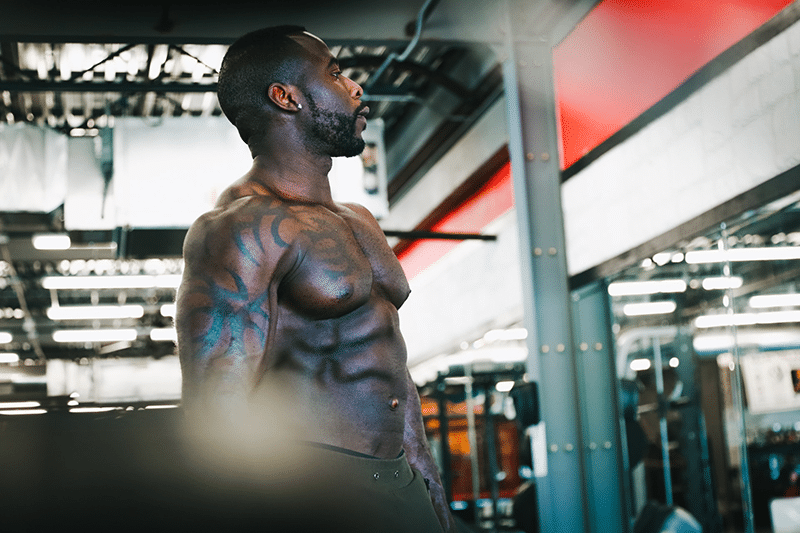
Build Muscle
The Exercise is a great way to add muscle and definition to your chest and upper body.
Build Strength
The cables provide smooth and consistent resistance.
A lifter cannot swing the weights like they might using free weights.
The continuous stress and resistance recruits and engage smaller stabiliser muscles in the chest. This great news for definition, muscle and strength.
How to Do the Cable Crossover
We have included instructions for the three types of Cable Crossover so that you can easily perfect your technique. These are the mid chest, high cable and low cable positions.
How to Do the Mid Chest Cable Crossover
- Affix the pulleys at each side of the machine to the same level as your armpits
- Clip a single grip handle to each one of the cables
- Grip both handles and stand in the middle
- Walk a few paces forwards then adopt a split stance. Slightly bend the elbows. You are now in the starting position
- Inhale and brace your core, glutes and grip
- Engage your pecs and bring both handles in front of your body in an arc range of motion
- Make sure your hands meet or cross
- Pause in this position and squeeze your chest as tightly as you can
- Slowly return your arms to the starting position and exhale
- Repeat for the desired number of reps
How to Do the High Cable Crossover
- Fix the pulleys at each side of the machine to the highest position
- Clip a single grip handle to each one of the cables
- Grip both handles and stand in the middle
- Walk a few paces forwards then adopt a split stance. Slightly bend the elbows. You are now in the starting position
- Engage your pecs and move both handles downwards to mid-thigh level of your body in an arc range of motion
- Make sure your hands meet or cross
- Pause in this position and squeeze your chest as tightly as you can
- Slowly return your arms to the starting position and exhale
- Repeat for the desired number of reps
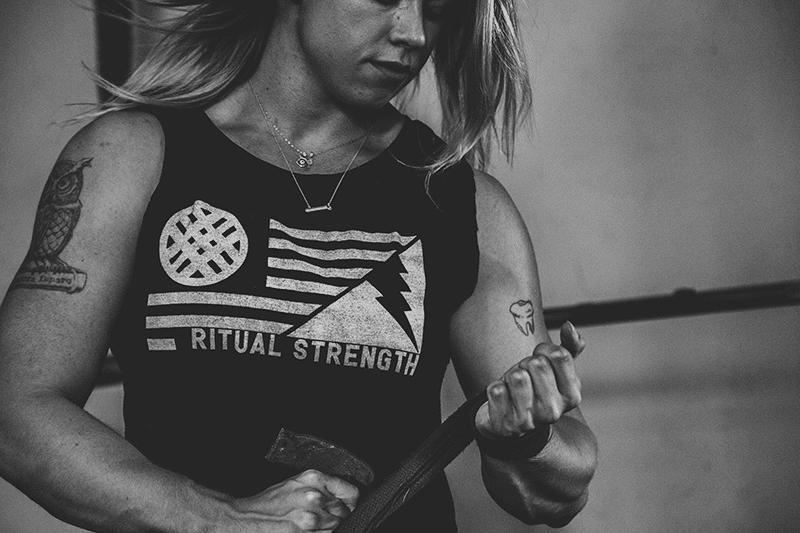
How to Do the Low Cable Crossover
- Fix the pulleys at each side of the machine to the lowest position
- Clip a single grip handle to each one of the cables
- Grip both handles and stand in the middle
- Walk a few paces forwards then adopt a split stance. Slightly bend the elbows. You are now in the starting position
- Engage your pecs and move both handles upwards above your upper chest in an arc range of motion
- Make sure your hands meet or cross
- Pause in this position and squeeze your chest as tightly as you can
- Slowly return your arms to the starting position and exhale
- Repeat for the desired number of reps
Training Tips for the Cable Crossover
Don’t go too Heavy
The Cable Crossover is not an exercise that any lifter should try to establish a 1 rep max. When choosing what weight you should use, start light and build it up gradually.
Your last few reps in every set should be very close to failure, yet you also want to be able to control the weight at all times and feel your chest contract effectively.
Make Sure to Use the Full Range of Motion
Don’t use partial reps. Make sure that every rep is full, smooth and correct. Think about the form.
The full range of motion will result is better engagement and muscle recruitment. You should always feel a stretch in your pecs.
Stay Slow and Move with Purpose
Each rep should be slow and controlled at all times. Don’t swing the cables with momentum.
This will maximise your strength and muscle gains.
Keep Shoulders Back
The shoulders should not be thrusted forwards to complete the reps.
You want the chest to contract as much as possible and do all the work.
Don’t Bend the Elbows too Much
Any excessive bending of the elbows will result in less stress for the chest. This will result in less gains.
How Many Reps and Sets Should you Do for the Cable Crossover?
To build muscle, go for 3 – 5 sets of 8 – 12 reps.
Rest for 30 – 45 seconds between sets but no longer than that. You want to hit the chest hard.
This is a great exercise to include later on in your session to change your focus, isolate the pecs and get a pump on!
Cable Crossover Alternatives
These alternatives will enable you to find new ways to keep your training fun and varied.
These exercises will work your body in slightly different ways, whilst still strengthening and testing the pecs and upper body.
Resistance Band Crossover
This is an excellent solution if you don’t have access to a cable machine.
It offers a faithful replication of the exercise, only with bands rather than cables. Make sure to anchor them firmly. Your imagination is the only limitation here.
They can be attached to anything from a tree to a bedpost. Use whatever you have available.
Flat Bench Dumbbell Fly
A staple in chest training, this exercise is an effective way to improve your chest muscles.
Stay controlled at all times with the movement, maintain tension at all times and start light.
Incline Dumbbell Fly
Offering a slight variation to the standard version above, this exercise uses the same range of motion but will target your upper chest to a much greater degree.
Start with the bench at a 45-degree angle. Once you feel comfortable there then you can switch things up and alter the angle to achieve different stimuli for your body.
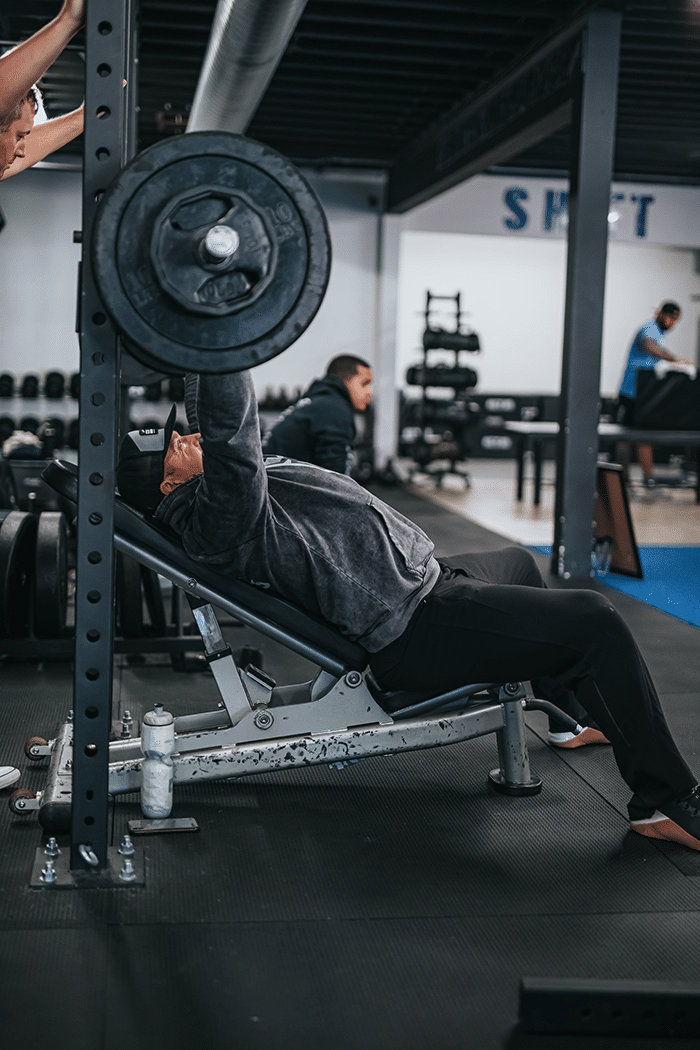
Chest Dips
This is an exceptionally useful bodyweight exercises for building strength and muscle. Different to Triceps Dips (although they do look similar) the movement augments upper body strength and muscle mass.
Single Arm Dumbbell Bench Press
Unilateral exercises are a hugely beneficial way to identify and cure strength imbalances and mobility weaknesses.
The Single Arm Dumbbell Bench Press will help you build equal muscle and strength across your entire chest and upper body.
Cable Crossover for Different Athletes
The following tips will help you whatever your current training level.
Beginner Athletes
If the movement is completely new for you, the most important thing is to learn the movement properly.
You need to take time for your muscles to understand how to engage, stay tight and shift the weight. You must also learn how to breathe properly and stabilise your body.
Don’t use heavy weights yet.
Intermediate Athletes
So, you’ve been training for a while and feel more confident with the exercise? Now you can start increasing the weight.
It is important to define your exact goal at this stage and train accordingly. It is easy to start overloading with heavier weights and injuring yourself so make sure you stay smart with your training.
Pay especially close attention to controlling the weight through the full range of motion and feeling your body.
The most intelligent plan at this point is to stick with moderate to slightly heavy weight.
Advanced Athletes
This is where you can start to push your limits much more. Advanced means that you have an excellent mind muscle connection, that you have a laser focus on your goals, that you understand exactly why you are using the exercise (and its variations) in order to achieve different stimuli.
You know how and why to program the exercise in certain ways.
You also know when to push and when to back off. Being advanced does not simply mean lifting heavy weights.
Warming Up for the Cable Crossover
As well as building the chest, this is a shoulder intensive movement so the shoulders need to warm up properly as well.
Make sure that you have moved your shoulders and chest through the appropriate and similar movement patterns with very light weights (or low resistance bands) before you start your working sets.
Your heart rate should also be elevated to a degree so that your body and muscles are warm.
Rowing is an excellent activity to warm up the entire body whilst also using the upper body, arms, shoulders and back.
Cable Crossover Variations
The three main variations (outlined in the “How to” section) demonstrated how altering the height of the pulleys has a significant effect on the stimulus of the exercise.
These other variations will give you many more options to improve your body, training and knowledge.
Seated and Lying Cable Crossovers
As well as standing, there are other seated and lying variations that you can include in your training.
Use a bench so that your back is supported and your can place full emphasis and focus on isolating your pecs.
- High Cable Fly
- Decline Cable Crossover or Decline Cable Fly
- Single Arm Cable Crossover or Single Arm Cable Fly
- Low Cable Crossover / Low to High Cable Crossover
- Single Arm Low Cable Crossover or Single Arm Low Cable Fly
Cable Crossover Mistakes
Make sure you aren’t making any of these common mistakes.
Not Using a Split Stance
Many lifters don’t adopt a proper split stance for this exercise. This means that there is no stable platform from which to move the weight. Their body does not have a stable foundation and so they will not maximise their gains.
Not Moving with an Arc Range of Motion
The exercise is best performed with a rounder range of motion. The purpose is not to press the handles forwards in a straight line, but to curve them around.
Think of the motion your arms would make if you hugged a tree. That is the range of motion that you want to try and mimic.
Watching your form in the mirror can be a great way to help yourself improve.
Not Standing Equidistance Between the Cable Pulley Machine
This is a mistake that is incredibly easy to solve, yet many people don’t think about it.
Make sure that you are standing right in the middle of the cable machine. This will stop one side feeling heavier than the other, or one side of your chest becoming weaker than the other. You want an equal upper body stimulus.
Minimising the Forwards Range of Motion
To optimise this exercise, it is a great idea to make sure the hands meet, or even cross, as you finish each rep.
Failing to do so will limit the range of motion. That means less strength and muscle gains.
Using a Weight that is Too Heavy
The Cable Crossover is a single joint exercise so you can’t load it up as heavily as you would for other movements. Don’t let your ego ever get in the way of great form with this exercise.
Heavier weights also place big demands on the elbows as well.
Cable Crossover Workouts
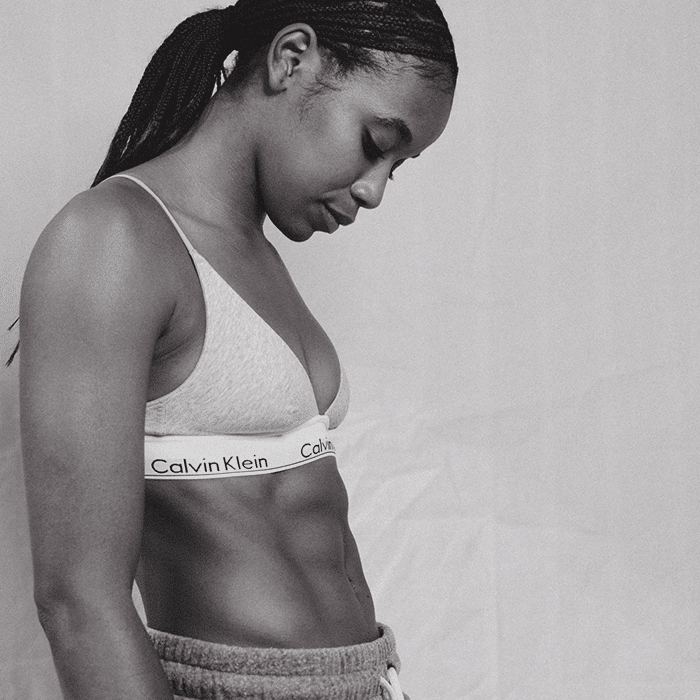
These Cable Crossover Workouts will help you add the exercise into your training.
Supersets
The Cable Crossover is an exceptionally challenging exercise when combined into a superset with another exercise.
Method
Complete the set of Cable Crossovers then immediately go into a set of the other exercise in the superset. Try to mimic the reps or simply push to fatigue.
Examples
- Crossovers and Push Ups
- Crossovers with Toes to Bar
- Crossovers with Dumbbell Pullovers
- Crossovers with Kettlebell Chest Presses
Basic Workout for Cable Crossover
This workout will attack your chest from three different exercises. Perform it after you have completed the heavier compound movements (Bench Press) and accompanying Dumbbell Exercises (Dumbbell Bench Press for example).
- Low cable crossover 2 x 10-12 (Rest 30 seconds between sets)
- Mid cable crossover 2 x 10-12 (Rest 30 seconds between sets)
- High cable crossover 2 x 10-12 (Rest 30 seconds between sets)
Ladder Workout
This is a fun challenge.
Method
First, select a weight that you would usually use for a set of 8 – 12 reps
- Now fasten the pulleys into the lowest setting
- Complete a single set to absolute failure
- Move the pulleys up by one notch
- Complete a single set to absolute failure
- Move the pulleys up by one notch
- Etc
Keep going until you complete a single set to absolute failure at the highest setting.
You have completed the ladder.
You can also try this in the opposite direction, from top to bottom.
FAQs
Got more questions? Scroll through for the answers.
Can You Get Cable Crossover Benefits with No Cable Machine?
Yes, simply use resistance bands instead if you don’t have a cable crossover machine.
What Angle is a Cable Crossover?
The most common angles are mid height, low and high. However, you can adjust the exercise as you prefer, in order to get the right stress on your chest for your particular training goal.
Why are Cable Crossovers so Hard?
The exercise is hard because (done properly) you isolate your pecs and they do all they work.
The range of motion is arc shaped and the resistance from the cables is constant.
Sometimes people find Crossovers hard because they haven’t placed their feet in a split stance and established a solid base for the movement.
Do Cable Crossovers Build Mass?
Yes, the exercise can be a great way to build muscle mass.
It can also be used as warm up, so once your technique is on point, you will have gained a valuable addition to your training arsenal.
Can you Build Chest with just Cables?
Technically yes, but we wouldn’t recommend singularly training your chest with only this exercise.
Build a program with Push Ups, Dumbbell Bench Presses, Barbell Bench Presses and Flys in flat, decline and incline positions and you will set great foundations. Remember to intelligently program your sets, reps, rest period and weights.
Are Cable Crossovers Bad for Shoulders?
No, the exercise is not bad for shoulders when it performed with the correct technique using weights that the lifter can handle.
When a lifter uses weights that are too heavy for their respective abilities, they can injure their shoulders and elbows.
Is Cable Crossover Better than Bench Press?
No. The exercises both involve the chest but in very different ways. The Bench Press is a better foundational exercise to include in your training.
The Crossover should be an additional exercise.
Learn More
Expand your knowledge by learning how to build a big back and huge arms.

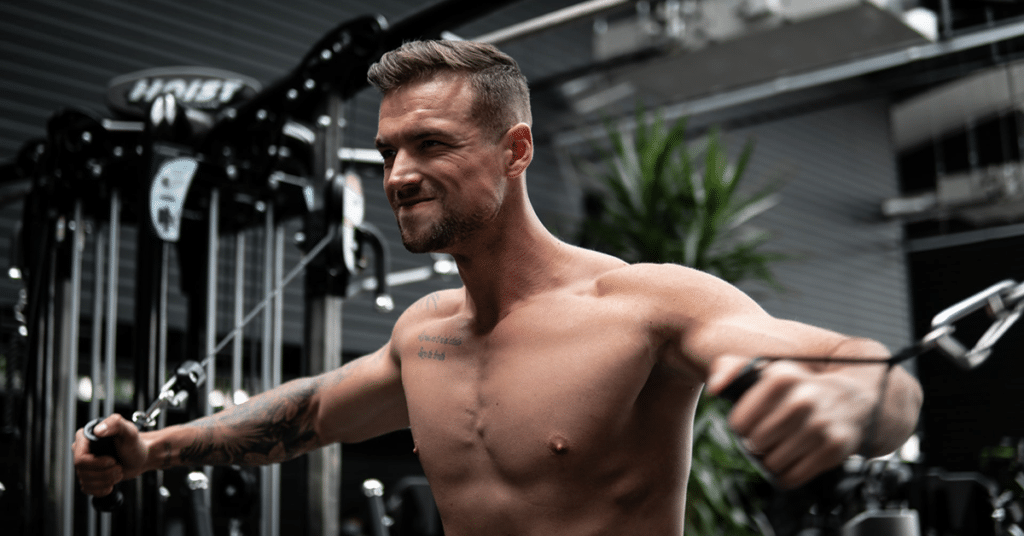
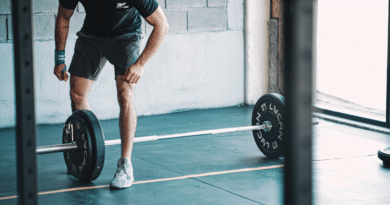
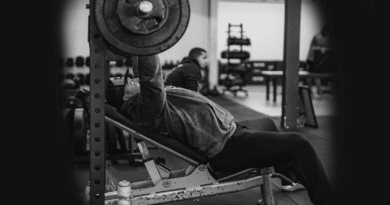
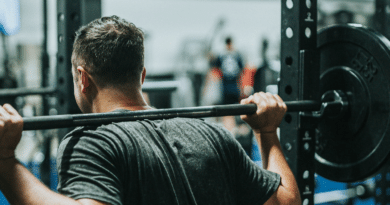
Comments are closed.